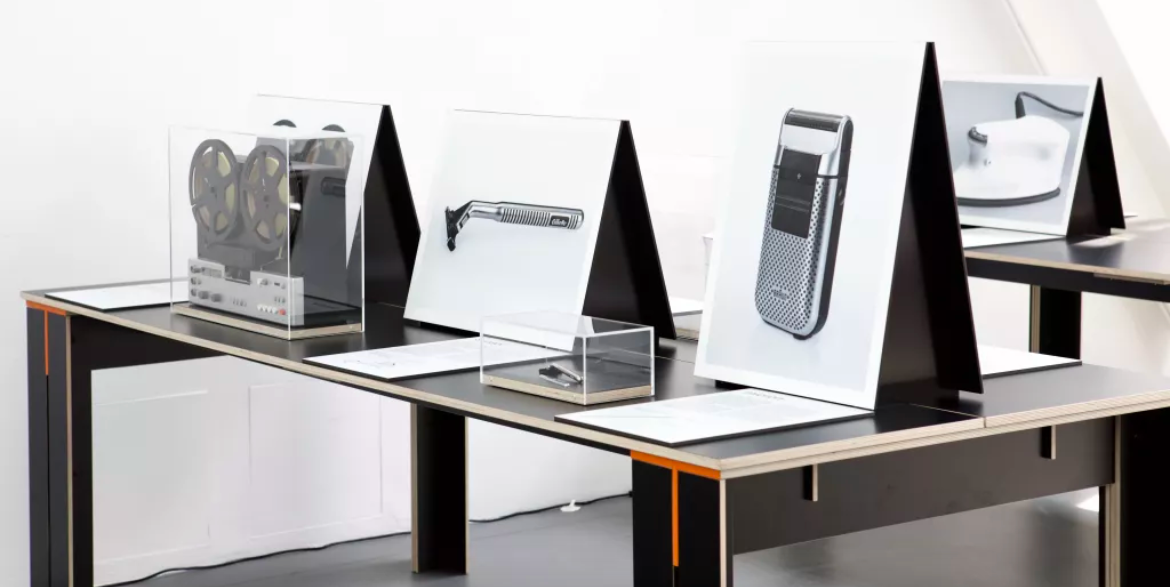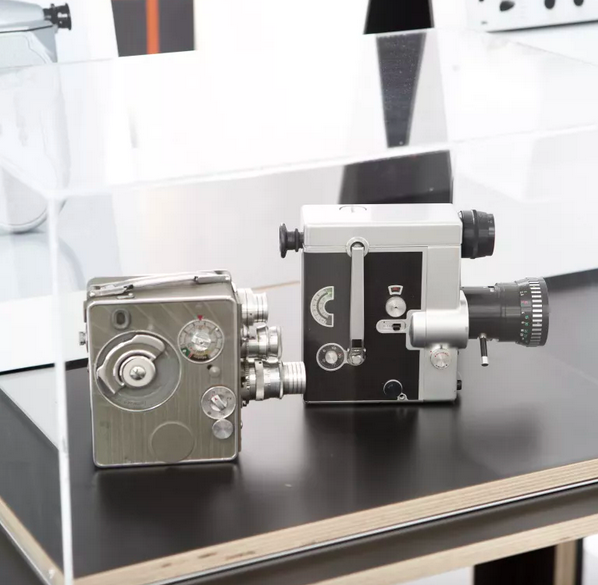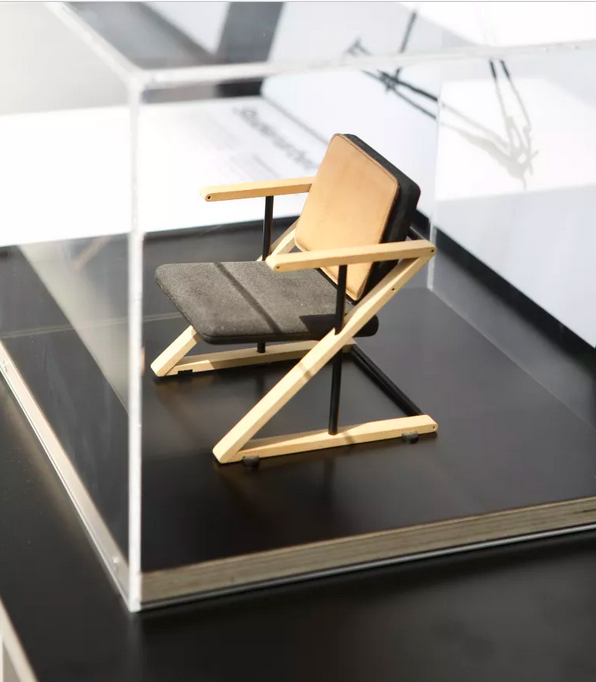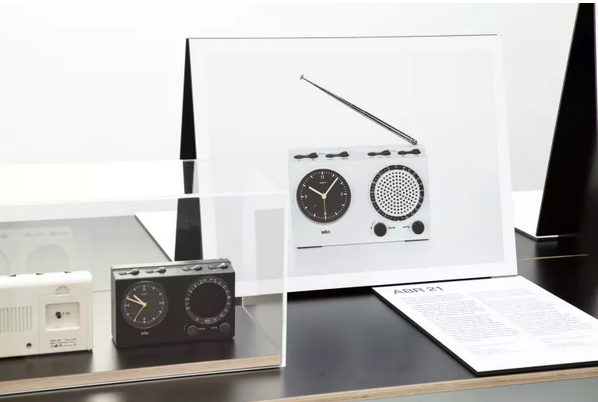How does it work

en
 English
English
 Deutsch
Deutsch
 Italiano
Italiano
09 May

The ADI Design Museum of Milan (ADI standing for Associazione per il Disegno Industriale) presents ‘Dieter Rams. A look back and ahead’ (until 11 June 2023), an exhibition featuring selected objects, photographs, and texts celebrating the work of the German industrial designer. For Dieter Rams, ‘Designers should always strive to improve the world’. In the second half of the 20th century, he created over 350 designs for consumer-products company Braun and furniture manufacturer Vitsoe: hundreds of thousands of people around the globe still use his creations on a daily basis.

‘We are a research museum, that’s why we are interested in exploring its methodology,’ says Luciano Galimberti, president of ADI. ‘It’s an exhibition that addresses Rams’ methodological approach to the product. He has been erroneously classified as a minimalist: I was lucky enough to know him personally and he always tried to think in terms of archetypes, not in terms of minimal forms, and then handing them over to the imagination of other designers.’

A room at the centre of the museum condenses part of the designer’s production. The captions that accompany the products or their images, carefully translated from German into English by Rams’ expert Sophie Lovell, tell the story of objects whose knowledge reveals one’s age better than any wrinkle on the face – everyday gadgets such as Braun’s SK 4 Radio-Phonograph (1956), nicknamed Snow White’s Coffin on account of its white metal casing and transparent lid, or the nostalgic ET66 calculator (1987), and, of course, the MPZ 22 electric juicer (1972), also known as 'the citromatic'.
‘His juicer is an archetype, which he arrived at by thinking about what it means to squeeze a fruit in relation to holding an orange in your hand, its weight, and the role of the spout,’ Galimberti adds. ‘Aside from his methodological approach, Rams wished to pass on his values to future generations, with a strong desire to create a world in which to imagine and reinvent.’

Klaus Klemp curated the travelling exhibition, that has previously been shown in Frankfurt, Washington, and New York, and is set to return to Germany after its stop in Italy. In Milan, the exhibition was created in collaboration with the Design School of the local Politecnico.
‘Dieter’s mantra is less but better. We’d say buy less, but buy better things that will last longer,’ Klemp underlines. ‘I think it's a very real point: we’re consuming more than ever before, and everyone’s talking about environmental issues, but when we look at the statistics, nothing changes, and our consumption is increasing all the time’. The curator hopes that the exhibition will encourage students and young designers to consider design beyond their aesthetic style: ‘In the video we show during the exhibition, Dieter says: “You cannot understand design, if you don’t understand people”. It’s still a very current topic.’


All article from wallpaper.com